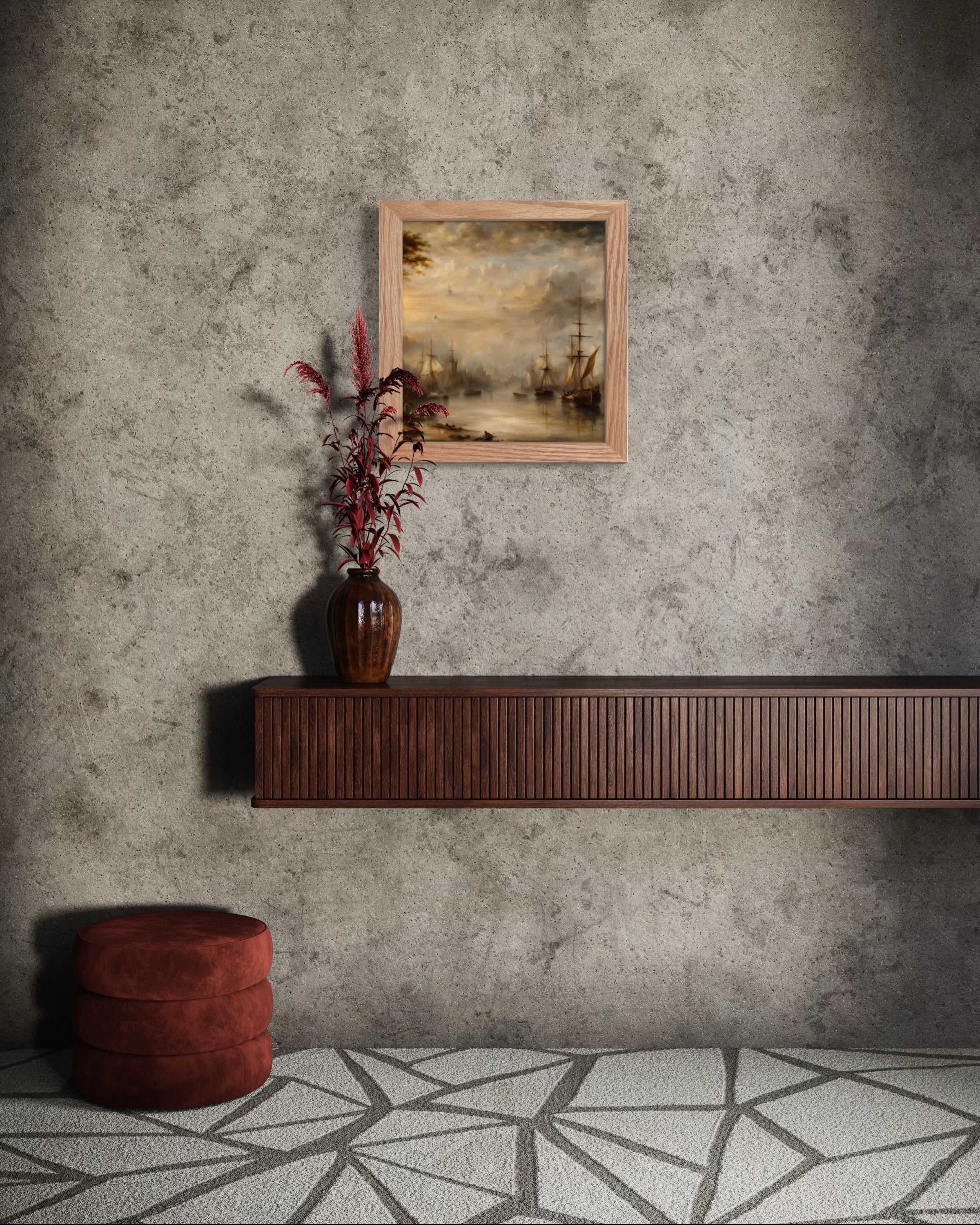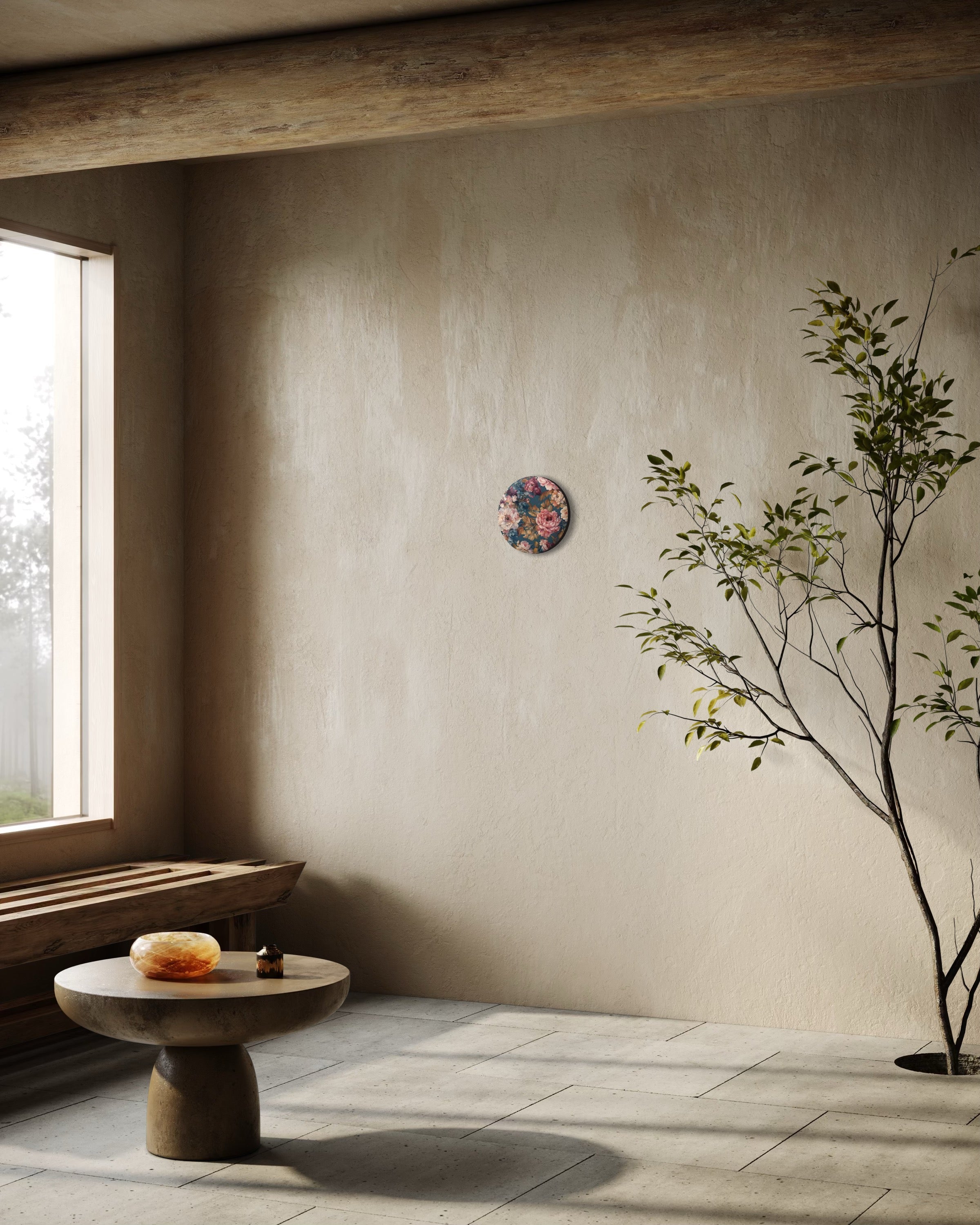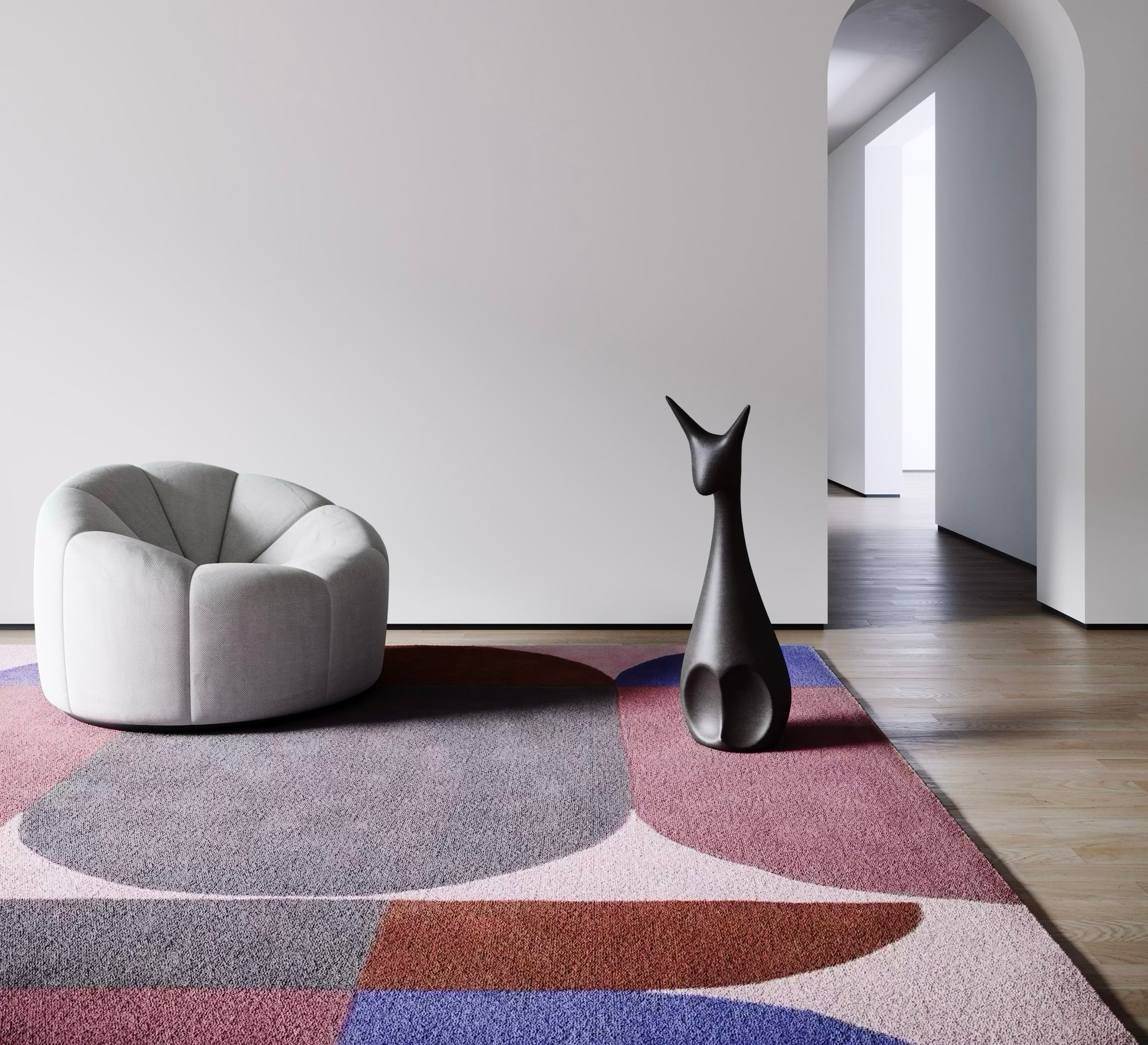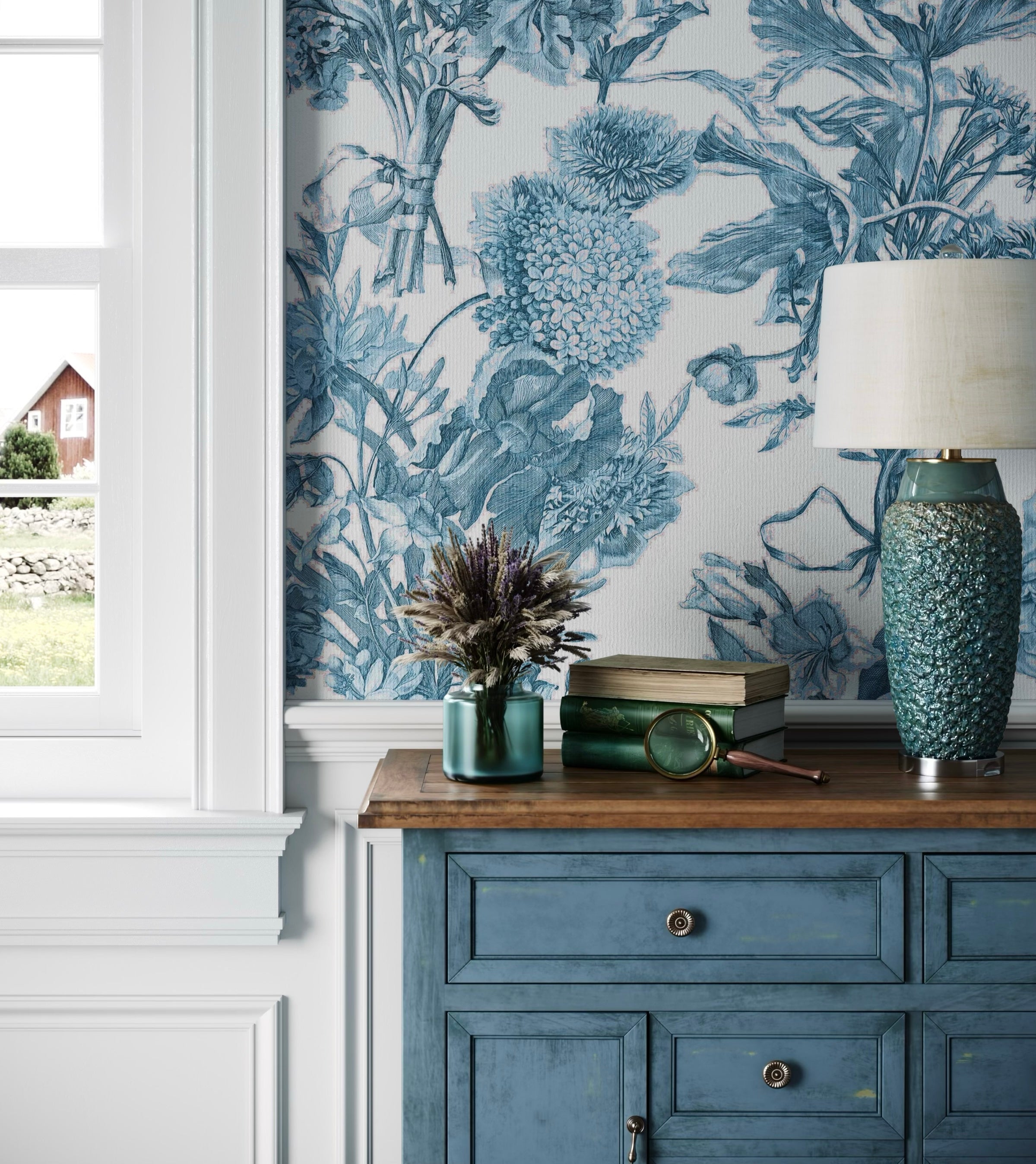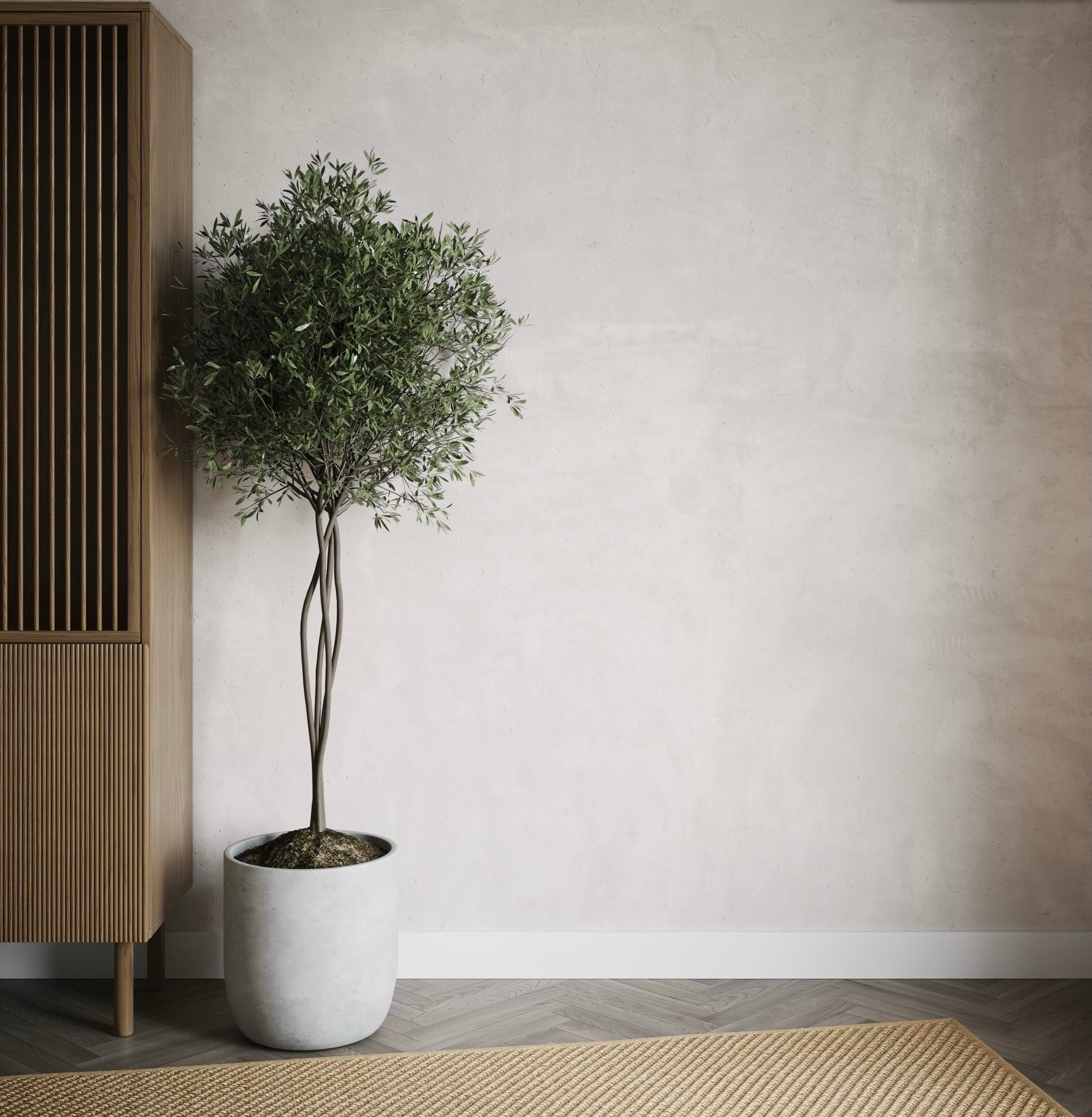Sisuverse Journal | Nest & Nurtured
Investigations into biophilic design, craft traditions, and how natural materials transform homes. Pattern history, architecture, folklore, and objects that shape domestic sanctuary.
-
Read more: The Hearth: Where Fire Made Homes Sacred

The Hearth: Where Fire Made Homes Sacred
Snow arrives silently across the glen, muffling sound until the world contracts to what's immediately present. Inside the stone cottage, peat smoke rises from the central hearth. Its scent sweet and acrid simultaneously, filling lungs with something older than memory.
The fire doesn't roar or crackle like wood fires do. Peat burns slower, cooler, more patient. It glows rather than flames, radiating heat that seems to come from earth itself rather than combustion.
The hearth determined everything: where people sat, how rooms were configured, which walls received smoke staining, where cooking happens, how stories are told. The hearthstone beneath the fire is worn smooth. Depressed slightly in the centre where centuries of fires have heated and cooled the granite, causing microscopic expansions and contractions that gradually reshape even stone.
This is where homes became sacred.
Before central heating, survival in cold climates meant understanding fire's relationship to architecture. Celtic rituals. Scottish peat fires. Scandinavian tile stoves. Alpine masonry. English inglenooks. Irish eternal flames. Basque kitchen hearths. Each culture solved the challenge of warmth through accumulated knowledge spanning centuries.
The hearth gathered households into shared space. Forced proximity that contemporary architecture often avoids. What hearths taught about survival transcends heating—they demonstrated that comfort requires maintenance, that warmth is earned through labour, that resources must be gathered and managed thoughtfully.
Where fire made homes sacred, what makes them sacred now?
Read more -
Read more: From Palace Walls to Paper: A Material History of Covering Surfaces

From Palace Walls to Paper: A Material History of Covering Surfaces
The blade slides beneath aged paper, separating decades from plaster. She works slowly, careful not to tear what she's uncovering: beneath magnolia woodchip lies mustard velvet flock, beneath that a William Morris acanthus in faded green, deeper still a hand-blocked geometric from perhaps the 1920s, and finally, against the original plaster, fragments of something older, a pattern so worn the design barely registers. Five layers. Five families. Five distinct moments when someone stood in this room and decided: this pattern, this colour, this is what we want surrounding us.
The smell is particular: wheat paste gone sour, pigment oxidised, paper fibres returning to pulp. Her hands work the scraper whilst her mind works the archaeology. Each layer a choice about beauty, about fashion, about what walls should say when they stop being merely structural and become expressive.
Read more -
Read more: Autumn & Winter Botanicals: Native British Plants for Colder Months
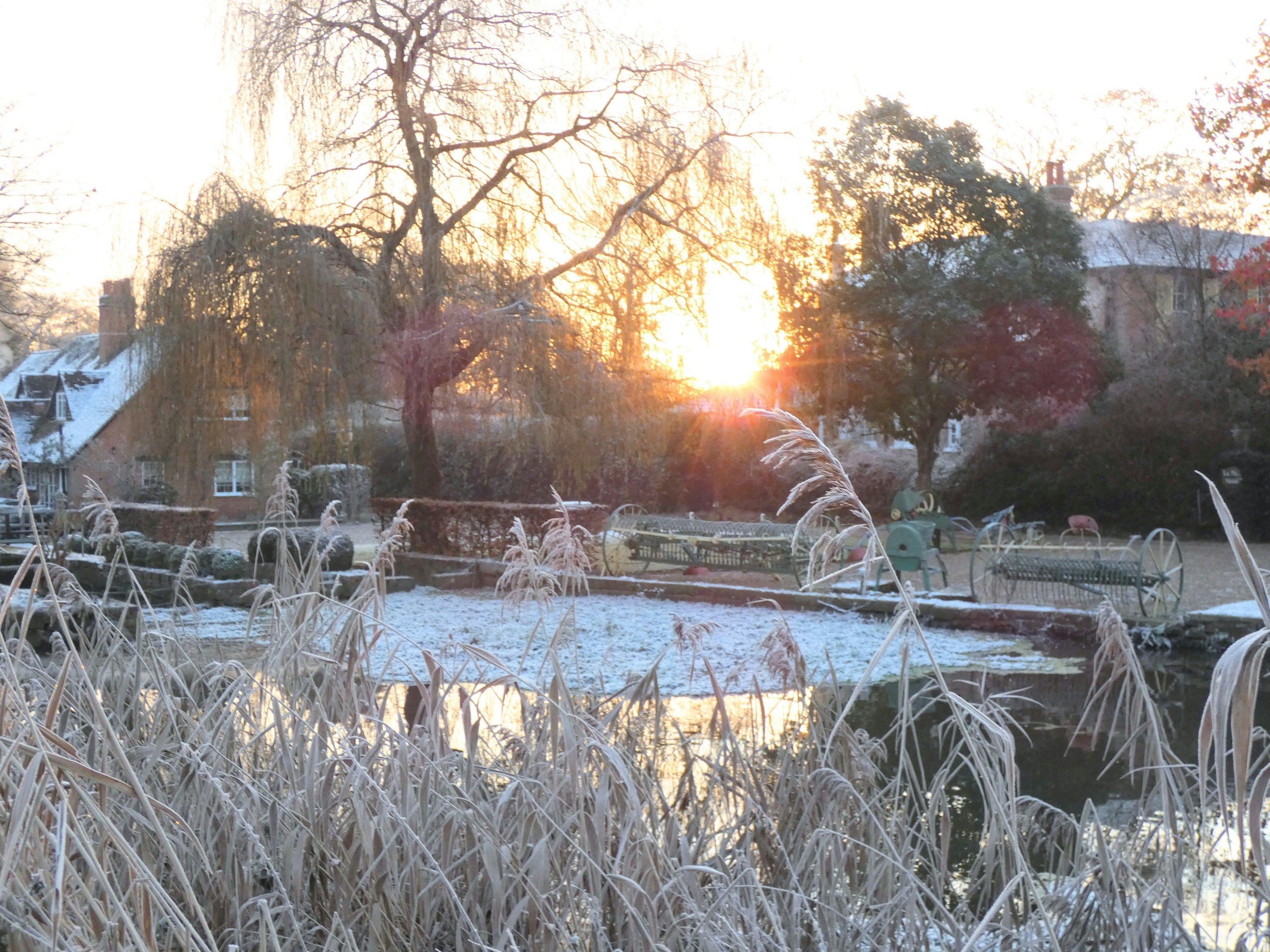
Autumn & Winter Botanicals: Native British Plants for Colder Months
October morning in a Somerset garden. The mist has not lifted yet but she is already outside, secateurs in hand, breath visible in cold air. The roses are finished, their hips swelling where blooms once were. The dahlias blackened by first frost lie collapsed against their stakes. Everything exuberant has retreated. This is when the garden shows what it truly is, stripped of summer's abundance, revealing the bones beneath. The yew hedge stands dark and solid.
The holly glitters with berries no bird has touched yet. Teasel seed heads catch drops of condensation, geometric and perfect in their decay. These are not reluctant survivors but plants evolved for precisely this: short days, long nights, frost settling in hollows, Atlantic gales. They do not merely endure winter. They inhabit it. She has been learning this slowly, through three autumns spent observing rather than intervening, through winters watching which plants hold their form whilst others collapse into mulch. The garden's true character emerges now. Not in May's explosion but in November's patient architecture. This is when you discover whether you have built sanctuary or merely arranged decoration.
Read more



